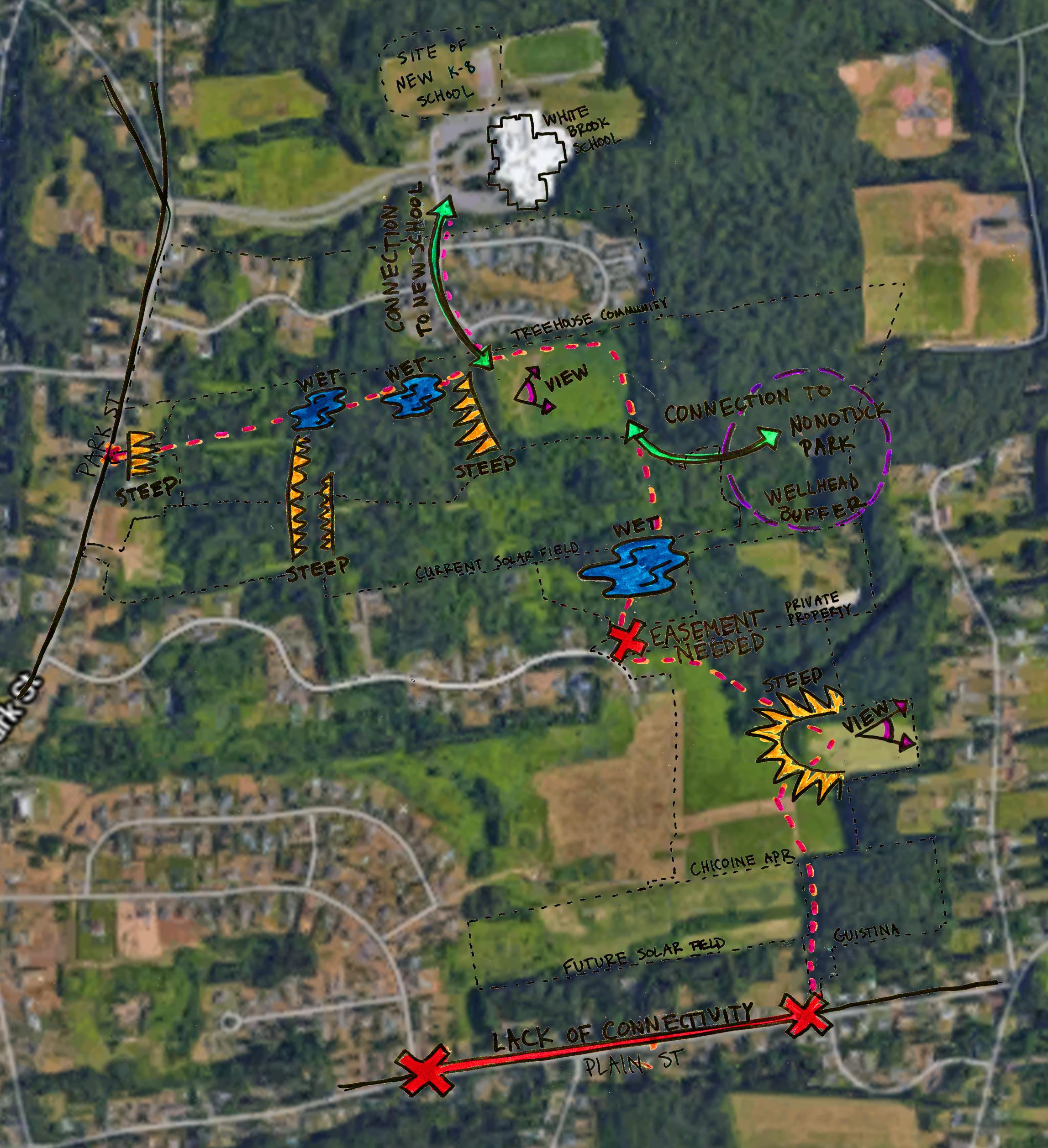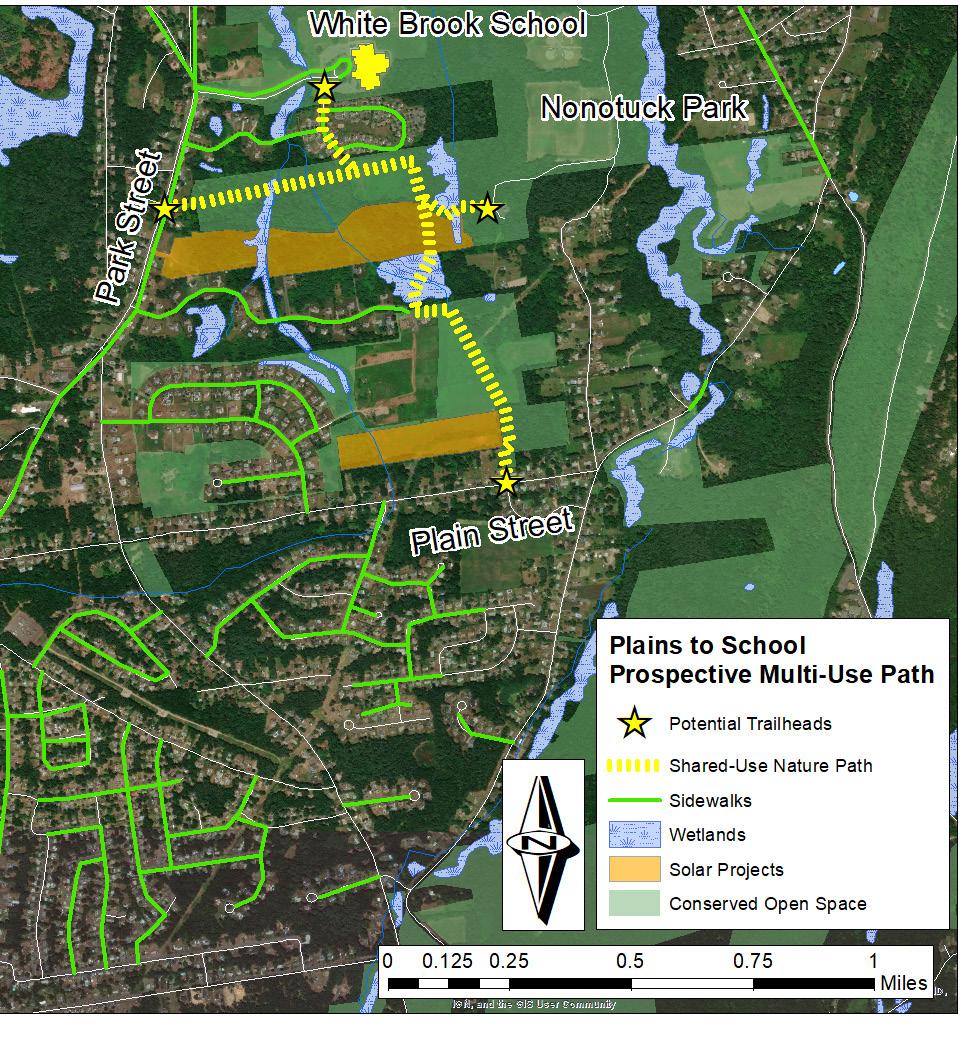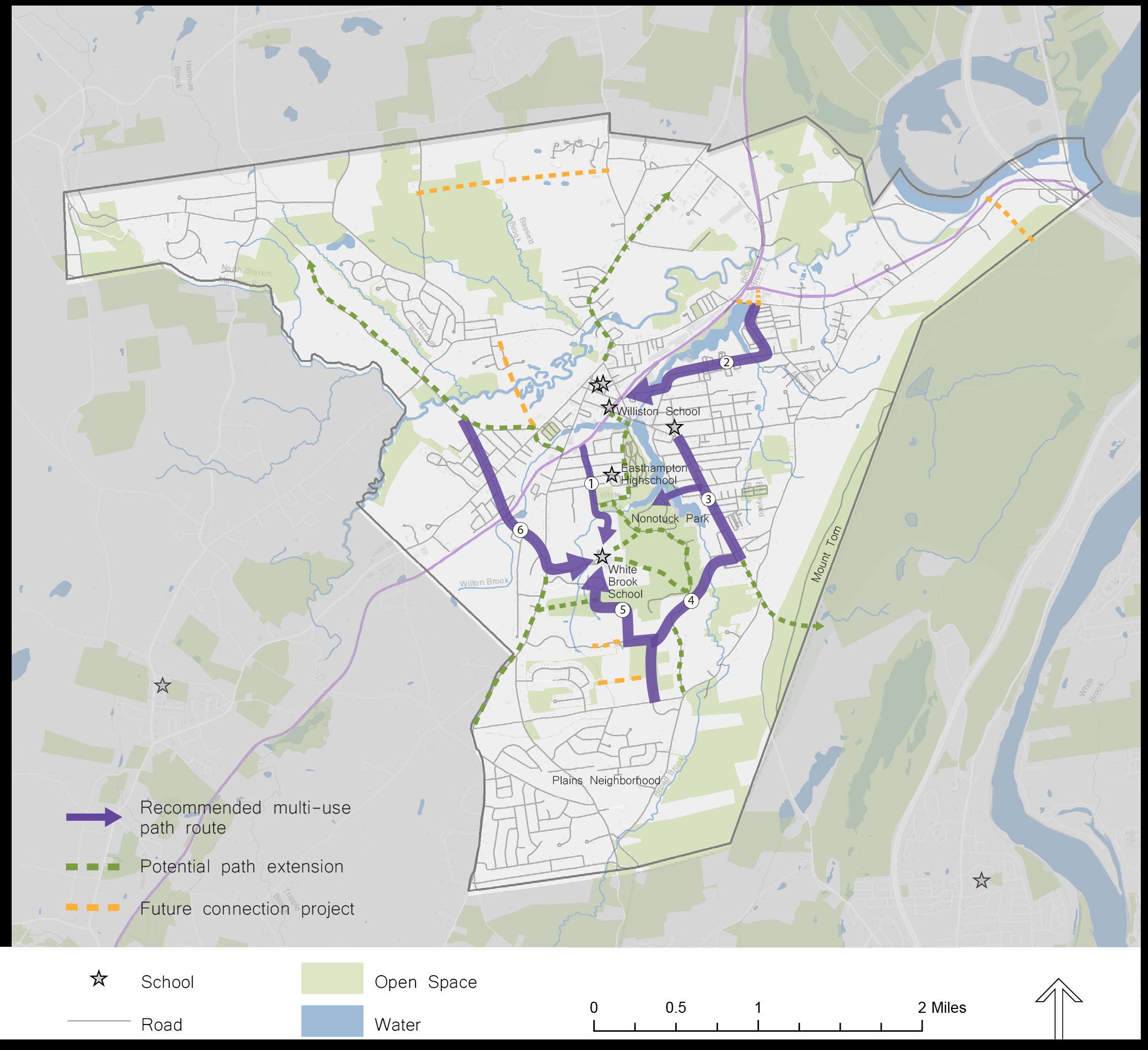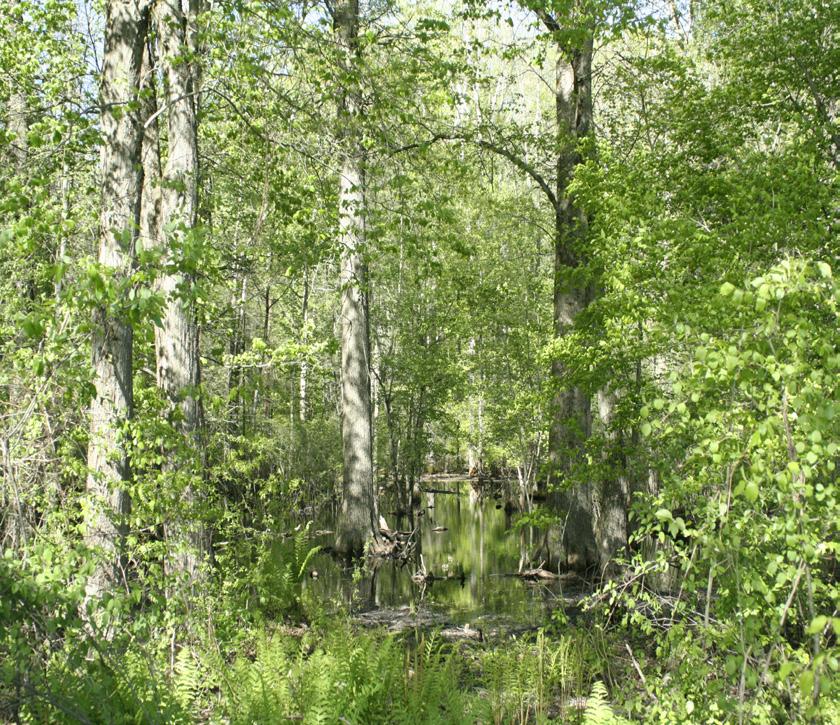The Impact of Trails on Natural Communities The construction and use of a surfaced path in this area has the potential to have an impact on nearby natural communities. This impact could be either negative or positive, or, mostly likely, a mix of both. Planning Trails with Wildlife in Mind, a publication by Colorado State Parks, lists potential ways that trails can help improve the health of ecosystems. Trails “can help: •
restore degraded stream corridors and other habitats in the process of trail building;
•
guide recreational users away from sensitive wildlife habitat and into more adaptable settings;
•
educate people about wildlife issues and appropriate behavior in the outdoors; and
•
build broad constituencies for wildlife conservation by putting people in contact with nature” (PTWM).
However, trails can also have negative impacts such as fragmenting or disturbing habitats, stressing wildlife, and introducing invasive plant species or pollutants like dog waste or trash. Methods for reducing harm from the construction of a trail include: •
routing the trail along existing edges between more disturbed areas and intact habitat, or through previously disturbed areas;
•
avoiding areas of especially high habitat value;
•
adding screening or cover for wildlife in areas where it is lacking;
•
keeping dogs on leash (PTWM).
Trails can also impact plants, primarily through trampling if users leave the trail. Well-designed trails that offer a variety of natural experiences
and are graded properly will reduce the risk of users creating paths off the main trail. In sensitive areas, signs or even barriers can be used to protect plants. Another issue could be the introduction or spread of invasive plants. Management of invasive plants and the planting of native plants when re-vegetation is required can help keep the environment suitable for native wildlife and plant species.
AND WILDLIFE
10
Galen Hammitt | Walker Powell | The Conway School
Easthampton contains some notable natural features, especially the basalt ridges of Mount Tom and the sand plains that underlay much of the town. Easthampton is also situated over a large portion of the Barnes Aquifer, a valuable resource that provides 1.2 million gallons of water to 60,000 people in four communities (BAPAC). The city is bordered by large stretches of BioMap2 core habitat and critical natural landscape, which indicate areas of high biodiversity or rare species; the Mt. Tom Reservation is the largest local area of this type of landscape. Given the project area’s location between these larger regions of important habitat, and that hydrological systems like streams traverse open spaces and connect to these habitats, there is a possibility that the open spaces here are used as corridors for animals crossing through the city (shown by green arrows on map).
Prepared for the City of Easthampton | Spring 2020
Regional Patterns of Connectivity
PLAINS TO SCHOOL: A Shared-Use Path for Easthampton REGIONAL VEGETATION
REGIONAL VEGETATION AND WILDLIFE






















